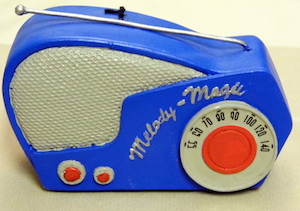
No need to wait.
Google is asking the Federal Communications Commission for permission to run wireless transmission tests in and around the 3.5 GHz band, which has been designated for use under new Citizens Broadband Radio Service (CBRS) rules.
One reason for the request is sure to be Google’s increasing focus on wireless technologies as a substitute for or supplement to fiber. But Google has another, immediately practical interest at stake too: widespread use of CBRS spectrum requires real time frequency coordination amongst users, who have varying degrees of priority in that band. That’s a core database business that Google wants to win and, as described in its FCC filing, intends to develop during the planned tests…
A key component to sharing in this band is the Spectrum Access System (SAS), which utilizes database technology to protect important federal government uses of spectrum. These systems will ensure that neither priority access nor general authorized access users interfere with the existing government and private users who will continue to need 3.5 GHz spectrum in a limited number of areas. SAS database systems also will allow new users to share effectively with each other. Google has been a leader in using databases to free-up available spectrum, and it is one of the companies working to develop a sharing system for the 3.5 GHz band.
There’s been a lot of breathless excitement regarding Google’s wireless test plans, mostly the result of eternal hope that magic radios will appear one day and render wireline technology obsolete. That hope is stoked by AT&T, which wants permission to replace rural and inner city copper with wireless systems, and other mobile broadband companies that, naturally, want those customers too.
There aren’t many details in the heavily redacted filing and it offers no reason to think Google is on the verge of a radical breakthrough in fundamental physics or radio technology. There’s also nothing that says they aren’t, so we might as well have some fun speculating.
But Google has another, perfectly good business reason for running its wireless tests. Real time frequency coordination will open up new spectrum and increase the bandwidth that can be pushed through existing allocations, making it a potentially lucrative service that can be sold to wireless operators, and put Google at the center of wireless network management and the data streams that go along with it.
That’s reason enough.
